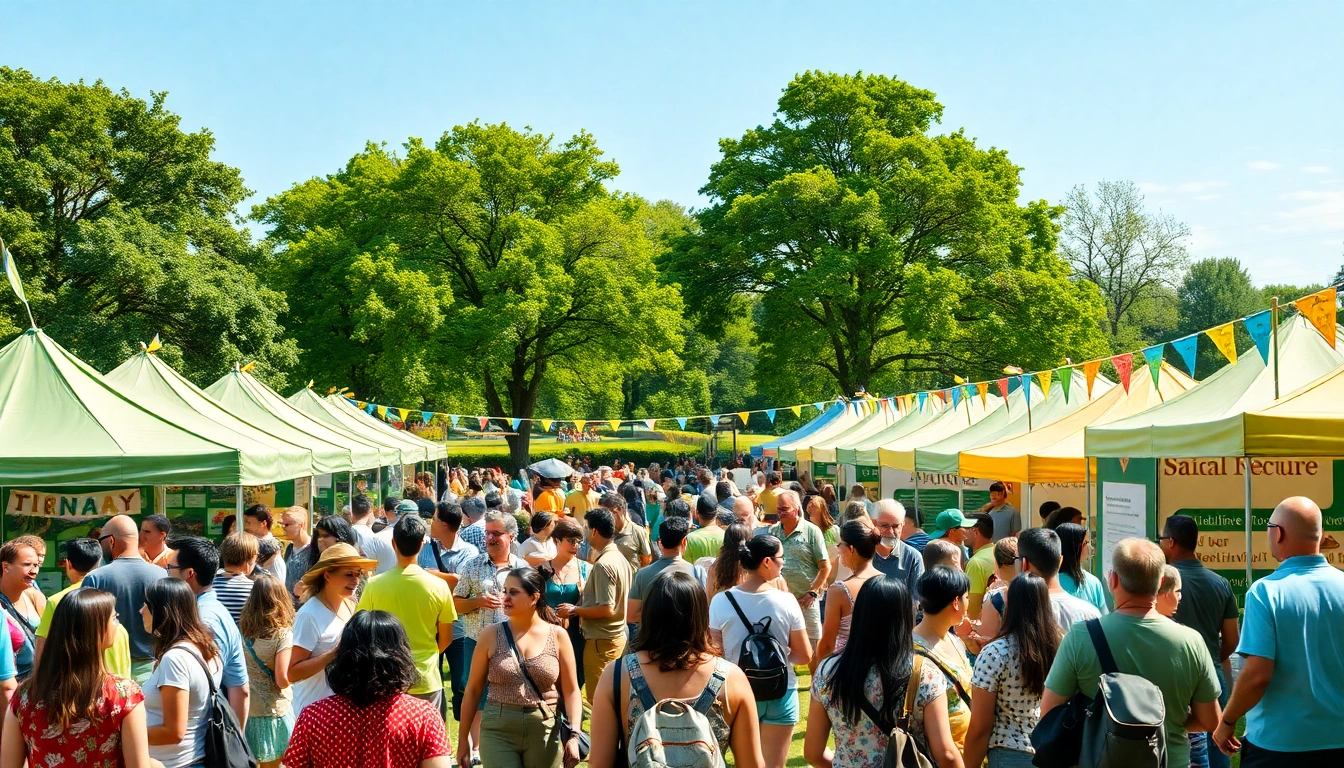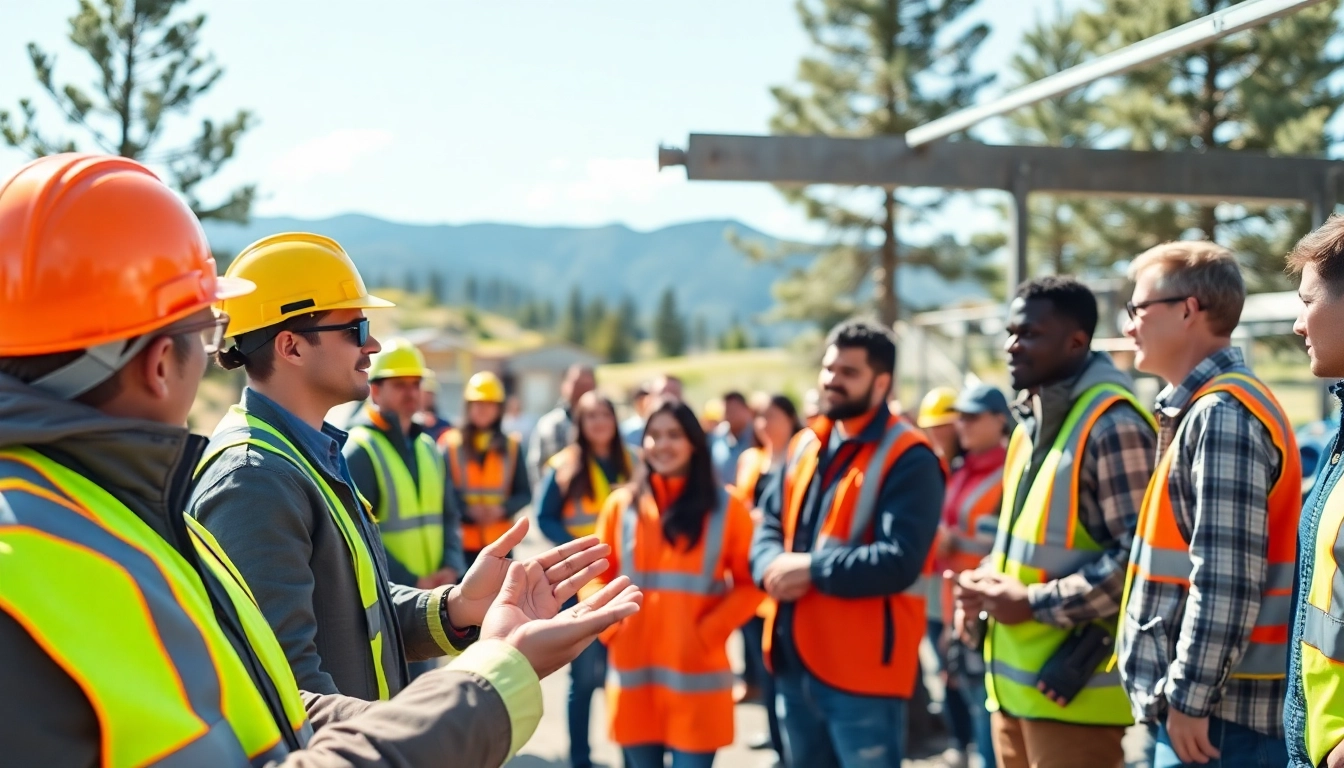Understanding the Importance of Wildlife Conservation
What is Wildlife Conservation?
Wildlife conservation encompasses a series of practices aimed at protecting endangered species and their natural habitats. This multidimensional approach combines scientific research, public education, and policy advocacy to ensure biodiversity is preserved. Wildlife conservation efforts strive not only to maintain wildlife populations but also to manage ecosystems effectively. The aim is ultimately to safeguard the intrinsic value of each species and their roles within the ecological framework.
Challenges Facing Wildlife Today
Today, wildlife faces a myriad of challenges that impact their survival and well-being. According to the International Union for Conservation of Nature (IUCN), habitat loss due to urbanization, agriculture, and industrial activities is one of the biggest threats facing wildlife globally. Deforestation triggers an imbalance in ecosystems, leading to the decline of numerous species. Furthermore, climate change is altering the natural habitats and migration patterns of many animals, pushing them to adapt or ultimately face extinction.
Other challenges include poaching and illegal trafficking of wildlife, which remain rampant across various regions. This illegal trade has devastating effects not only on individual species but also on the overall stability of ecosystems. Pollution—airborne, waterborne, and land—also jeopardizes wildlife health, leading to declines in population and habitat quality.
The Role of Communities in Conservation Efforts
Community involvement is fundamental for the success of wildlife conservation initiatives. Local communities often possess invaluable knowledge about their ecosystems and the species inhabiting them. By engaging and empowering these communities, conservationists can foster a sense of ownership and responsibility for local wildlife. Programs that promote sustainable practices—such as eco-tourism and sustainable agriculture—can provide both economic benefits and incentives for conservation.
Initiatives like the “Adopt a Wildlife Project” encourage communities to take active roles in monitoring local wildlife. These projects not only promote educational outreach but also inspire community members to develop a positive relationship with their surrounding environment. Such involvement can lead to generational shifts in attitudes towards wildlife preservation, ultimately yielding long-term conservation success.
Exploring www.sudswild.com: Your Go-To Resource
Comprehensive Information on Local Wildlife
For anyone interested in wildlife conservation, www.sudswild.com serves as an invaluable resource. The platform provides detailed information on local wildlife, ranging from species identification guides to educational articles about their habitats and behaviors. Accessibility to this knowledge enables community members and wildlife enthusiasts alike to form a deeper connection with the animals in their vicinity, heightening awareness about the challenges these creatures face.
Additionally, www.sudswild.com features interactive tools, such as forums and community events, which allow individuals to share observations and experiences. This forum fosters a network of like-minded individuals dedicated to the cause of wildlife conservation. The wealth of knowledge presented positions the website as a critical tool for conservation education and advocacy.
Events and Activities Promoted by www.sudswild.com
www.sudswild.com regularly hosts and promotes events that bring together people from different backgrounds with a common interest in wildlife conservation. These events may range from educational workshops to hands-on volunteer opportunities in local parks and reserves. Engaging in these activities not only enhances personal knowledge but also strengthens community bonds.
Such initiatives also cater to diverse audiences, including families, schools, and environmental organizations. By providing varied events like nature walks, wildlife spotting sessions, and conservation workshops, the website ensures that participants can learn in an enjoyable and engaging atmosphere. Furthermore, these experiences play a key role in promoting stewardship among community members.
User Engagement: How to Get Involved
User engagement on www.sudswild.com can take various forms, from participating in forums to attending events and volunteering for wildlife conservation projects. Visitors are encouraged to contribute their stories and insights related to local wildlife, thereby enriching the collective knowledge base.
In addition, the website offers a platform for users to organize their own community gatherings around wildlife topics. This grassroots approach cultivates a culture of connection and advocacy, where sharing experiences leads to additional learning opportunities and collaborative conservation efforts.
Creating Engaging Content Around Wildlife
How to Share Wildlife Stories Effectively
Telling powerful stories about wildlife conservation can deeply resonate with audiences. To share these stories effectively, it’s essential to focus on personal connections—narratives that illustrate the emotional bond between wildlife and people can be particularly compelling. Highlighting successful conservation efforts through case studies or interviews with wildlife experts can also provide credibility and depth to the stories.
Visual storytelling is an excellent method to capture the attention of a broader audience. Integrating high-quality images or video clips showcasing wildlife in their natural habitats can enhance engagement. Infographics summarizing the key points of a story are another effective way to impart information in a visually appealing manner.
Utilizing Social Media for Wildlife Advocacy
Social media has emerged as a powerful platform for advocacy, allowing wildlife enthusiasts to share vital information and reach diverse audiences quickly. To leverage social media effectively, conservation advocates should maintain consistent messaging that emphasizes the urgency and importance of wildlife conservation. Utilizing appropriate hashtags can broaden the reach of posts and engage a larger audience.
Engagement can be fostered by sparking discussions around wildlife issues, asking followers to share their wildlife stories, and creating events via social media platforms. Groups centered on wildlife interests can also form, allowing for focused conversations and collaborations. Ultimately, social media serves as a tool to mobilize communities and raise awareness about pressing conservation concerns.
Crafting Event Highlights and Success Stories
Documenting and sharing highlights from wildlife conservation events can inspire others to participate and initiate similar activities. Writing comprehensive summaries that capture the essence of an event, including participant experiences, expert insights, and measurable outcomes, can create a lasting impact.
Incorporating testimonials from volunteers or community members can add authenticity to these narratives. Sharing success stories—such as the recovery of an endangered species or positive feedback from a community about a conservation initiative—can serve as motivation for ongoing efforts, illustrating that individual actions can lead to collective change.
Implementing Conservation Practices in Your Community
Identifying Local Wildlife Needs
To effectively engage in conservation practices, it is essential to begin with a clear understanding of local wildlife needs. Conducting research on local ecosystems and species can unveil the primary threats they face. Community surveys, GIS mapping techniques, and involvement with local wildlife agencies can also provide insight into the ecological challenges at hand.
This foundational understanding allows for the development of targeted conservation strategies that address specific challenges. Collaborating with local educators, scientists, and conservation groups can enhance this process by leveraging their expertise and resources.
Organizing Community Clean-Up Events
Waste and pollution significantly impact wildlife habitats, and organizing community clean-up events is a practical way to mitigate these issues. Encouraging community volunteers to come together for clean-up initiatives fosters a sense of collective responsibility and pride in local surroundings.
These events can be scheduled at various locations, such as parks, beaches, and waterways, where wildlife habitats may be compromised. Partnering with local governments and organizations can also elevate the scope of these clean-ups, providing additional tools and resources for greater impact. Through active participation, community members can witness the immediate positive effects of their efforts on local wildlife.
Working with Local Organizations for Greater Impact
Partnerships with local organizations amplify the potential for conservation success. These relationships can encompass wildlife agencies, non-profits, educational institutions, and businesses, creating a network of support and resources. Collaborative efforts allow for more extensive research, funding opportunities, and volunteer mobilization.
Co-hosting events, sharing resources, and working on joint initiatives can also strengthen the community’s conservation message. By pooling knowledge and skills, partners can increase their outreach and effectiveness in wildlife protection efforts.
Measuring Success in Conservation Efforts
Key Performance Indicators for Wildlife Programs
Measuring the success of conservation initiatives is crucial for assessing their effectiveness and guiding future efforts. Key performance indicators (KPIs) serve as measurable values that demonstrate how well conservation goals are being met. Typical KPIs may include species population counts, habitat quality assessments, and levels of community engagement.
For instance, regularly tracking changes in the populations of target species before and after conservation efforts can provide concrete evidence of impact. Similarly, evaluating the health of habitats through methods such as biodiversity assessments and ecological surveys can highlight successful restoration initiatives.
Engaging Feedback from Community Members
Gathering feedback from community members is an essential aspect of assessing the effectiveness of wildlife conservation programs. Surveys, feedback forms, and follow-up meetings can cultivate open communication and gather insights on community perceptions regarding wildlife efforts.
This feedback can inform adjustments to ongoing initiatives and guide the planning of future programs. By establishing open channels of communication, organizations can enhance community involvement and foster a culture of continuous improvement in conservation practices.
Long-term Strategies for Sustained Impact
For conservation efforts to have enduring effects, long-term strategies must be implemented. These may include establishing monitoring protocols for ecological health and species populations, ensuring consistent funding for programs, and building ongoing partnerships with stakeholders.
Education is also a critical component of sustained impact. By ensuring local communities understand the significance of conservation, as well as their role within, they are more likely to remain engaged with ongoing efforts. Investing in educational programs that foster stewardship among younger generations can pave the way for future conservation leaders.



